Pedalling through time: discover prehistoric wonders along EuroVelo 1
In this article, we invite you to step back in time with us as we reveal the fascinating prehistoric sites that dot this iconic cycle route. From captivating cave art to ancient burial mounds, these enigmatic remnants of our distant past provide a fascinating backdrop to your cycling odyssey, allowing you to pedal through time and uncover the secrets of Europe's prehistoric heritage. Join us as we embark on a journey that bridges the gap between the present and the ancient past!
Rock art along a Norwegian Fjord
Our journey begins in the far north of Norway, deep inside the Arctic Circle. Shortly after we set off from the magical North Cape, the first prehistoric site awaits us right on EuroVelo 1 – the rock art of Alta. At this UNESCO World Heritage Site in the Alta Fjord, the harsh Arctic climate has preserved some of the world's most remarkable and extensive rock carvings and paintings, created over a period of some 5,000 years. Historians believe that the site was an important meeting place for the region's prehistoric inhabitants, who preserved the memory of their way of life in their art for posterity.
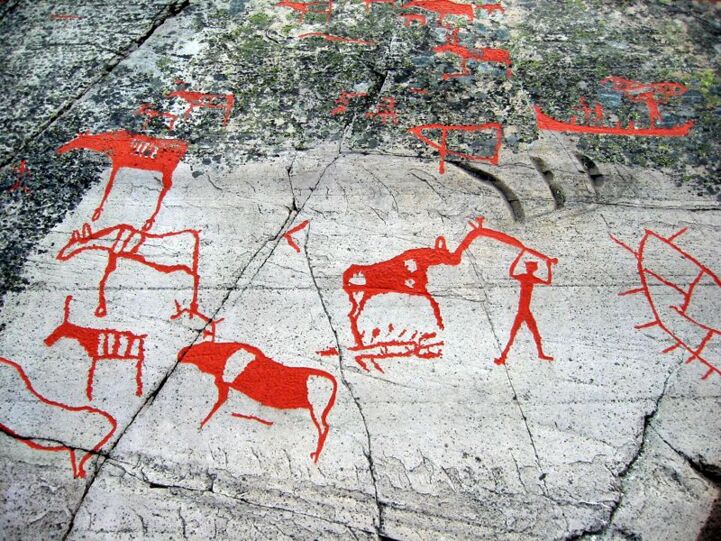
The art reveals a society of hunter-gatherers skilled in hunting, fishing, and boat-building, and capable of controlling herds of arctic animals such as reindeer and elks. It also provides a glimpse into the spiritual lives of the creators, showing shamanistic rituals involving the worship of animals such as bears. The only UNESCO-recognised prehistoric monument in Norway is home to the World Heritage Rock Art Centre - Alta Museum, where visitors can access the archaeological site and learn about its historical significance.
The world’s most extensive Stone Age monument in Mayo
The next stop on this trip through prehistory is the stunning emerald isle, Ireland. In the west of this picturesque island nation lies County Mayo, where you can find not only a perennially cursed Gaelic football team, but also the most extensive Stone Age monument on the planet. Located along the Wild Atlantic Way, the Céide Fields sit atop a stunning cliff on the Celtic Coast section of EuroVelo 1 in Ireland between Belmullet and Ballycastle.
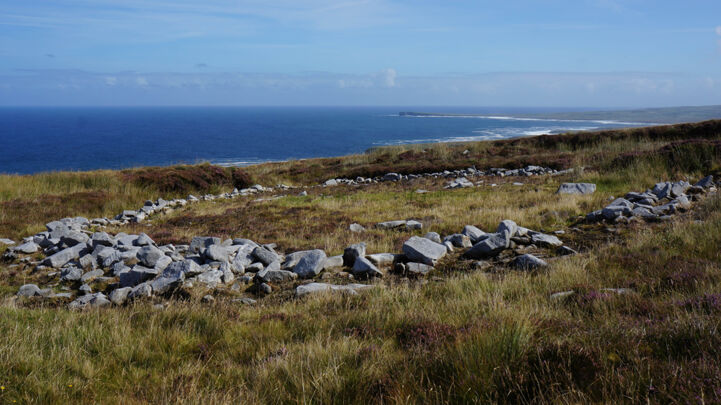
Dating back more than 5,000 years, the site is older than the Egyptian pyramids, and contains the oldest known field system in the world. The fields, along with the dwelling areas and burial sites connected to them, were constructed by early farming communities, who cleared the forests to introduce agriculture to the land.
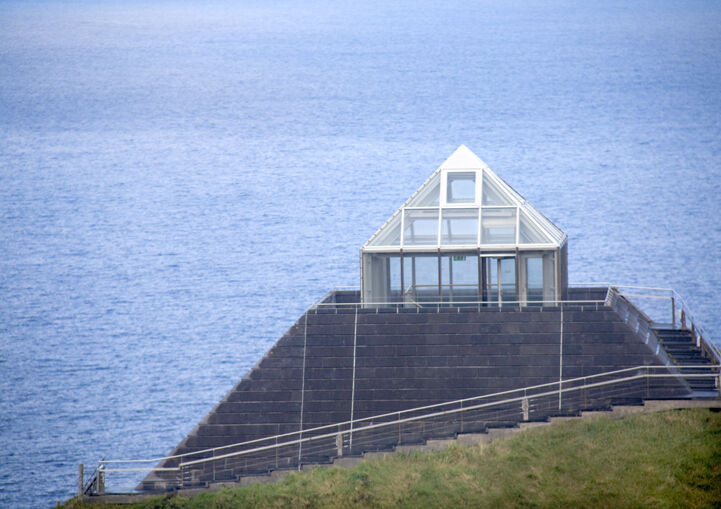
The site is particularly notable for its high level of preservation, as the bog in which it lies has protected not only the stone structures, but also organic materials, such as pollen and seeds. These provide an invaluable insight into the types of crops and vegetables cultivated by Ireland’s ancient inhabitants. The Céide fields are open from 17 March – 5 November 2023 and contains a visitor centre showcasing the significance of the site as well as the natural beauty surrounding it.
A legendary forest in France
Ten kilometres from EuroVelo 1 lies one of the mysterious wonders of ancient Brittany, the magical forest of Huelgoat. Nestled deep in the Monts d'Arrée mountain range in western Brittany, this secluded forest was once the site of an Iron Age Celtic settlement, and the rock shelters used by Mesolithic humans provide an important insight into the way of life of those times.
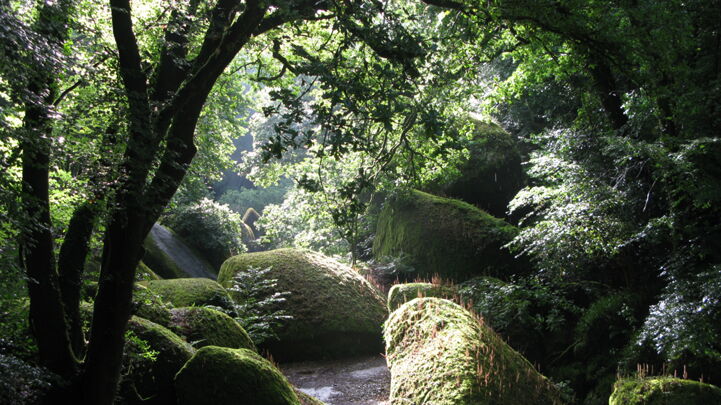
The strange standing stones that dot the landscape of the forest have given rise to legends handed down from the dawn of history. According to local lore, in ancient times a giant called Gargantua passed through Huelgoat and demanded food from its impoverished inhabitants. When they could only offer him buckwheat gruel, Gargantua became enraged and hurled rocks he found on the wild Breton coast into the forest.
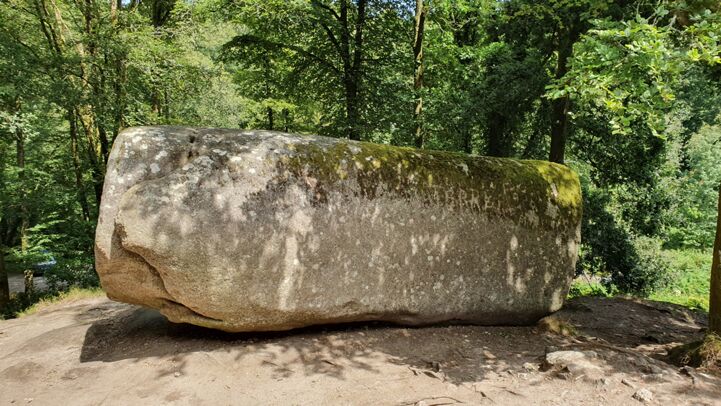
The highlight of your visit to Huelgoat will undoubtedly be the Trembling Rock. Although it weighs 137 tonnes, anyone can make it shake - as long as they find the right place to push it! In ancient times, the Druids believed that the rock had spiritual significance as it represented universal balance.
The world’s oldest known cave painting in Spain
To complete our journey back in time, we arrive at the Maltravieso Cave, a stone's throw from EuroVelo 1 in Cáceres, in the Spanish region of Extremadura. One of the most striking features of this site is its location within the urban area of present day Cáceres, a UNESCO World Heritage City containing architectural marvels from diverse historical time periods.
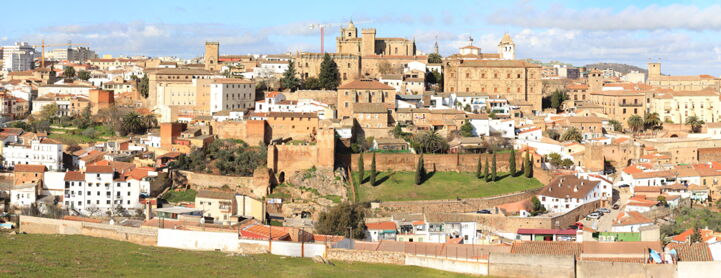
The cave alone makes Cáceres worth a visit, as it contains what is believed to be the oldest known cave painting in the world. This red hand stencil is at least 67,000 years old and is thought to have been created by Neanderthals, as Homo sapiens would not arrive in Europe for another 20,000 years. Human activity in the cave predates the paintings even further, as scientists believe that hunter-gatherers used the cave as shelter around 350,000 years ago. Although the cave itself is closed to the public, the visitor centre offers models, recreations, and videos to allow you to immerse yourself in the cave’s history.
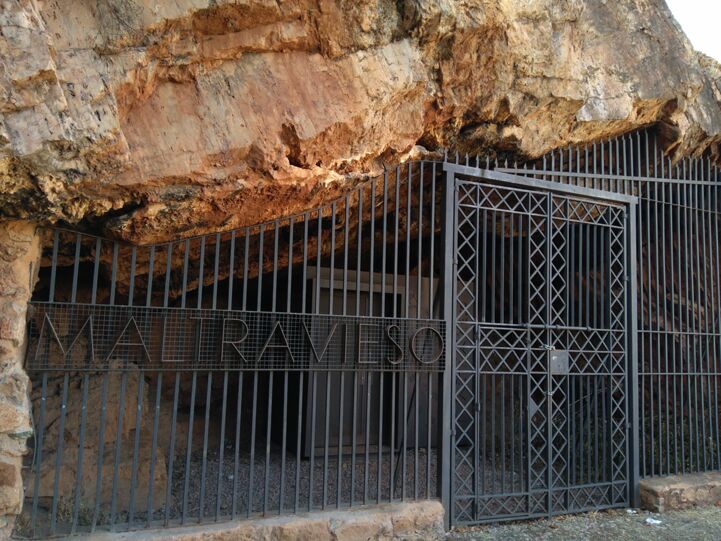
So as you embark on your cycling journey along EuroVelo 1, remember that you are not just crossing modern terrain, you are travelling through millennia and connecting with the roots of Europe's history. Take in the breathtaking views, explore the hidden gems and let the whispers of the past guide you on a truly timeless adventure along the Atlantic coast.
Article by Mark Sheridan